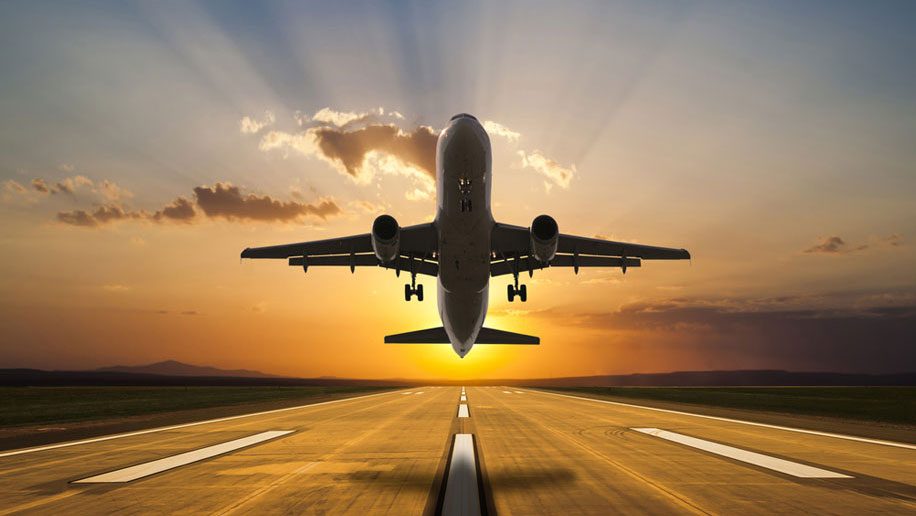
The International Air Transport Association (IATA) expects passenger numbers to reach 4 billion in 2024, exceeding pre-Covid levels.
The February update to the long-term forecast included the following highlights in 2021:
- Overall traveller numbers were 47 per cent of 2019 levels. This is expected to improve to 83 per cent this year, followed by 93 per cent in 2023, 103 per cent in 2024 and 111 per cent in 2025.
- International traveller numbers were 27 per cent of 2019 levels. This is expected to improve to 69 per cent this year, 82 per cent in 2023, 92 per cent in 2024 and 101 per cent in 2025.
Willie Walsh, IATA’s director general, commented:
“The trajectory for the recovery in passenger numbers from COVID-19 was not changed by the Omicron variant. People want to travel. And when travel restrictions are lifted, they return to the skies. There is still a long way to go to reach a normal state of affairs, but the forecast for the evolution in passenger numbers gives good reason to be optimistic.”
IATA adds that this is a “slightly more optimistic near-term international recovery scenario” compared to November 2021 due to the relaxation or lifting of travel restrictions in many markets.
While there have been improvements in the major North Atlantic and intra-European markets, Asia-Pacific “is expected to continue to lag the recovery” due to the continuation of severe border measures in China.
Europe is set to see a growth in short-haul travel in the next few years thanks to the easing of restrictions, according to IATA. Passenger numbers to/from/within Europe are expected to reach 86 per cent of 2019 levels this year, before making a full recovery in 2024 (105 per cent).
North America will also continue to perform strongly this year, with passenger numbers reaching 94 per cent of 2019 levels and will see a full recovery before other regions in 2023 (102 per cent).
Latin America will also see a strong 2022, with 2019 passenger numbers forecast to be surpassed in 2023 for Central America (102 per cent), followed by South America in 2024 (103 per cent) and the Caribbean in 2025 (101 per cent).
Africa, meanwhile, has weaker traffic prospects, with numbers expected to reach 76 per cent of 2019 levels this year, surpassing pre-crisis levels in 2025 (101 per cent).
The Middle East, too, will see a slower recovery, with numbers forecast to reach 81 per cent of 2019 levels this year, 98 per cent in 2024 and 105 per cent in 2025.
Asia-Pacific, however, is the weakest of the main regions in terms of traffic, forecast to only reach 68 per cent of 2019 levels this year. The region should recover to 2019 levels in 2025 (109 per cent).
The forecast, however, does not take into account the impact from Russia’s invasion of Ukraine. The association said in a statement:
“In general, air transport is resilient against shocks and this conflict is unlikely to impact the long-term growth of air transport. It is too early to estimate what the near-term consequences will be for aviation, but it is clear that there are downside risks, in particular in markets with exposure to the conflict.
“The impact on airline costs as a result of fluctuations in energy prices or rerouting to avoid Russian airspace could have broader implications. Consumer confidence and economic activity are likely to be impacted even outside of Eastern Europe.”
IATA continues to urge governments to remove all travel bans and ease restrictions, including the removal of quarantine and testing for fully vaccinated travellers and the introduction of pre-departure antigen testing for quarantine-free travel for non-vaccinated travellers.












